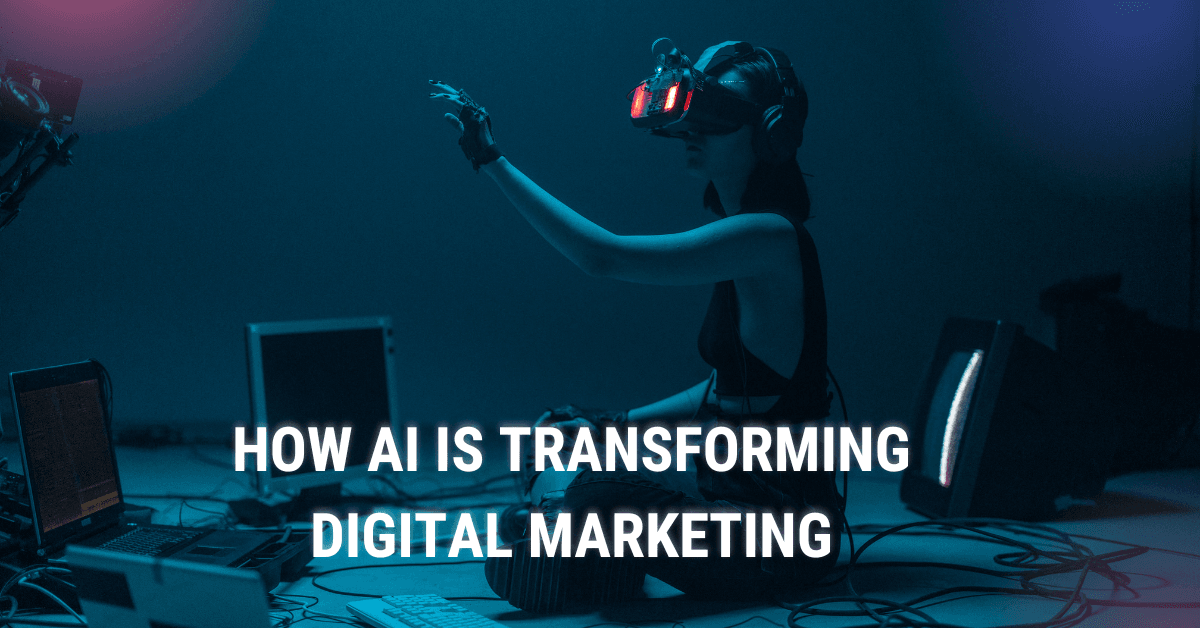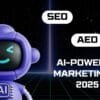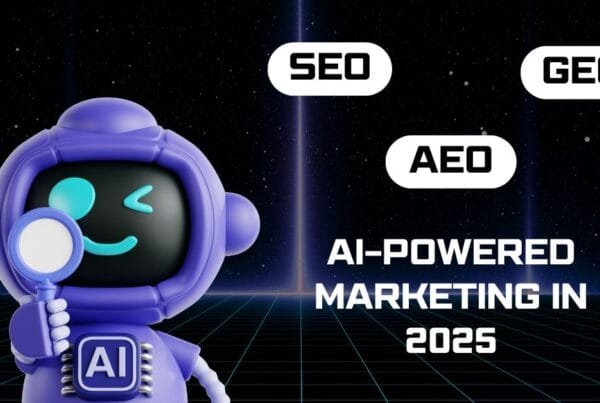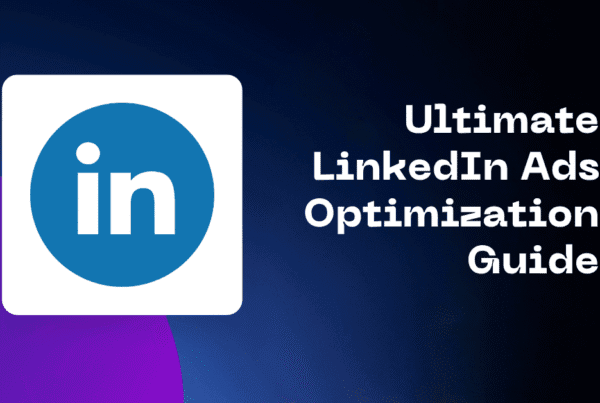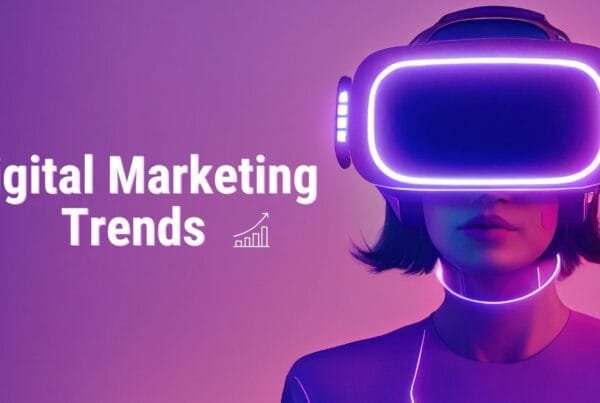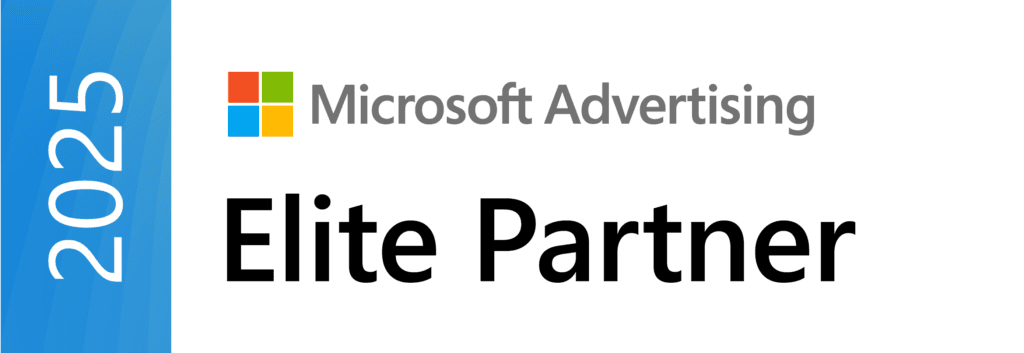Executive Summary
The digital marketing landscape is experiencing a seismic shift as artificial intelligence revolutionizes how businesses measure and optimize their return on investment (ROI). This comprehensive guide explores how AI in digital marketing is transforming traditional measurement approaches, delivering unprecedented accuracy in attribution modeling, and enabling real-time optimization that drives superior campaign performance. From predictive analytics to automated bid management, AI-powered measurement tools are helping marketers make data-driven decisions that significantly improve ROI outcomes. Recent studies show that organizations investing deeply in AI see sales ROI improve by 10–20% on average, while 80% of marketers said AI implemented in 2024 exceeded ROI expectations.
The Traditional ROI Measurement Challenge
Digital marketing ROI measurement has long been plagued by attribution gaps, data silos, and the inability to track complex customer journeys across multiple touchpoints. Traditional last-click attribution models fail to capture the full picture of customer interactions, leading to misallocated budgets and suboptimal campaign performance.
The basic ROI formula remains simple but powerful: ROI = (Revenue – Marketing Costs) ÷ Marketing Costs × 100%. However, calculating meaningful ROI becomes exponentially more complex when dealing with multi-channel campaigns, lengthy sales cycles, and the growing number of touchpoints in today’s omnichannel marketing environment.
How AI is Revolutionizing Marketing Measurement
1. Advanced Attribution Modeling
AI-powered attribution models go far beyond traditional first-click or last-click approaches. Machine learning algorithms analyze vast datasets to understand the true contribution of each marketing touchpoint, providing a more accurate picture of campaign effectiveness.
According to a 2023 study by MMA Global, 50% of companies are using multi-touch attribution as part of their measurement strategy. AI enhances this approach by:
- Algorithmic Attribution: Machine learning models automatically adjust attribution weights based on historical performance data
- Cross-Device Tracking: AI connects user behavior across devices to create unified customer journey maps
- Real-Time Adjustments: Attribution models continuously learn and adapt based on new data inputs
2. Predictive ROI Analytics
AI’s predictive capabilities enable marketers to forecast campaign performance before launch and optimize in real-time. These systems analyze historical data, market trends, and external factors to predict which campaigns will deliver the highest ROI.
Key predictive analytics applications include:
- Budget Allocation Optimization: AI predicts which channels and campaigns will generate the best returns
- Customer Lifetime Value Prediction: Machine learning models estimate long-term customer value to inform acquisition spending
- Seasonal Trend Analysis: AI identifies patterns in historical data to optimize timing and messaging
3. Automated Bid Management and Budget Optimization
AI-driven automation has transformed how marketers manage budgets and bidding strategies. 50% of content creation tasks can be automated with the help of generative AI, but the impact extends far beyond content creation.
Modern AI systems can:
- Automatically adjust bids based on real-time performance data
- Shift budgets between campaigns to maximize overall ROI
- Optimize ad scheduling based on audience behavior patterns
- Adjust targeting parameters to reach high-value prospects
The Impact of AI on Marketing ROI Measurement
Enhanced Data Integration and Analysis
AI excels at processing and analyzing vast amounts of data from multiple sources simultaneously. This capability addresses one of the biggest challenges in ROI measurement: data fragmentation across different platforms and channels.
AI-powered measurement platforms can:
- Integrate data from advertising platforms, CRM systems, and analytics tools
- Identify correlations and patterns that human analysts might miss
- Process real-time data to enable immediate optimization decisions
- Clean and normalize data automatically to improve accuracy
Real-Time Performance Optimization
2025 will be the year AI goes from pilot and experiment to becoming embedded in core marketing operations. This integration enables unprecedented real-time optimization capabilities that directly impact ROI.
Real-time AI optimization includes:
- Dynamic Creative Optimization: AI automatically tests and optimizes ad creative elements
- Audience Segmentation: Machine learning identifies high-performing audience segments in real-time
- Channel Performance Monitoring: AI continuously monitors channel performance and suggests reallocation strategies
- Anomaly Detection: Automated systems flag unusual performance patterns for immediate investigation
Key AI-Powered Measurement Tools and Technologies
Marketing Mix Modeling (MMM)
Marketing Mix Modeling serves as the single-source of truth for marketing ROI and the main tool for tactical and strategic budget optimization decisions. AI enhances traditional MMM by:
- Processing larger datasets with greater accuracy
- Incorporating external factors like weather, economic indicators, and competitor activity
- Providing more granular insights into channel interactions
- Enabling faster model updates and scenario planning
Attribution Platforms
Modern attribution platforms leverage AI to provide comprehensive measurement solutions. These tools help you optimise budgets, boost ROI, and get the insights Google Analytics can’t. Leading platforms include:
- Multi-Touch Attribution (MTA): AI-powered models that assign credit across all touchpoints
- Customer Journey Analytics: Tools that map complete customer paths to conversion
- Cross-Channel Attribution: Systems that track interactions across online and offline channels
Predictive Analytics Platforms
AI-driven predictive analytics tools help marketers anticipate trends and optimize campaigns proactively. These platforms use machine learning to:
- Forecast campaign performance based on historical data
- Identify optimal timing for campaign launches
- Predict customer behavior and lifetime value
- Recommend budget allocation strategies
Best Practices for Implementing AI-Powered ROI Measurement
1. Start with Clean, Integrated Data
AI systems are only as good as the data they process. Ensure your data infrastructure supports:
- Data Quality: Implement data validation and cleaning processes
- Integration: Connect all relevant data sources for comprehensive analysis
- Consistency: Standardize data formats and definitions across platforms
- Privacy Compliance: Maintain compliance with data protection regulations
2. Define Clear KPIs and Success Metrics
ROI is essential for businesses to understand the success of their marketing strategies and make informed decisions to optimise their digital marketing efforts. Establish clear metrics that align with business objectives:
- Primary KPIs: Revenue, conversion rates, customer acquisition cost
- Secondary Metrics: Engagement rates, brand awareness, customer satisfaction
- Leading Indicators: Traffic quality, lead scoring, pipeline velocity
3. Implement Gradual AI Adoption
Rather than overhauling entire measurement systems, implement AI capabilities gradually:
- Start with pilot programs in specific channels or campaigns
- Test AI recommendations against current strategies
- Scale successful implementations across broader marketing activities
- Continuously monitor and refine AI model performance
4. Invest in Team Training and Change Management
AI implementation requires organizational change management:
- Train marketing teams on AI tool capabilities and limitations
- Establish processes for reviewing and acting on AI recommendations
- Create feedback loops to improve AI model accuracy
- Develop governance frameworks for AI decision-making
Future Trends in AI-Powered Marketing Measurement
Privacy-First Attribution
By 2025, marketers will need to balance accurate attribution with respect for consumer privacy, using methods like aggregated data analysis and consent-based tracking. AI will play a crucial role in developing privacy-compliant measurement solutions.
Advanced Incrementality Testing
AI will enable more sophisticated incrementality testing, helping marketers understand the true lift generated by their campaigns beyond correlation-based attribution.
Unified Customer Data Platforms
AI-powered customer data platforms will provide single views of customer interactions across all touchpoints, enabling more accurate ROI measurement and optimization.
Conclusion
The integration of AI in digital marketing measurement represents a fundamental shift in how businesses understand and optimize their marketing investments. From advanced attribution modeling to real-time optimization capabilities, AI is delivering the accuracy and insights that marketers need to maximize ROI in an increasingly complex digital landscape.
Organizations that embrace AI-powered measurement tools will gain significant competitive advantages through improved budget allocation, enhanced campaign performance, and deeper customer insights. However, success requires careful implementation, clean data infrastructure, and ongoing investment in team capabilities.
As we move through 2025, AI will continue to evolve marketing measurement practices, making data-driven decision-making more accessible and effective for businesses of all sizes. The ROI revolution is here, and companies that adapt quickly will reap the greatest benefits.

